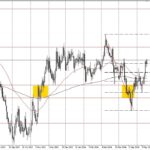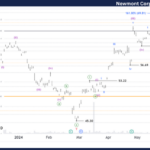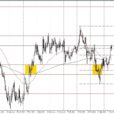
Last week, the US Treasury Department issued its second of four reports related to President Trump’s Executive Order 13772 (on regulation in alignment with the Core Principles). The first report was on Banking, this report is on the Capital Markets, and other reports will follow over the coming months (including on asset management, insurance, products, vehicles, non-bank financial institutions, financial technology, financial innovation, and others).
As BofA notes, the main recommendation in this report was to foster growth in-line with the Core Principles. Specifically, the biggest focus was to enhance access to capital and investment opportunities, i.e. increase the number of IPOs. Indeed, the US Treasury recommended changes to encourage companies towards public ownership (particularly given that the number of public companies in the U.S. is down 50% over the past 20 year), which would create more investment opportunities. In addition, other recommendations including helping entrepreneurs, reviewing proxy advisory firms, and revisiting the accredited investor definition to open private market investment opportunities to more investors.

According to BofA, this reco is one of the most critical for the long term growth of the capital markets and the economy. In addition to the recommendations encouraging companies towards public ownership, institutional investors that allocate capital need to refocus on longer term fundamentals versus short term momentum and the market structure needs to be revamped to benefit corporates and long term investing.
Indeed, it would be delightful if “capital markets” once again become discounting mechanisms, that rewarded careful analysis and fundamental stock selection, instead of just rampant capital inflows via passive instruments. Alas, for now that remains a pipe dream.
Meanwhile, the Treasury report recommendations are trying to make it easier for smaller companies to become public, including a review of rules and regulations (including a review of the global research settlement rules given that a common complaint from small companies is the lack of research coverage). Ironically, MiFID II out of Europe, could take research in the opposite direction, and significantly reduce the level of research coverage, particularly for smaller firms. Depending on whether MiFID II is limited to Europe or is implemented globally, as well as how pricing pans outcosts to asset managers would be 0-1% to 2-3%, and for investment banks equity revenues as 1-3% to mid-single digits, though less on total revenues given the broader revenue streams.















